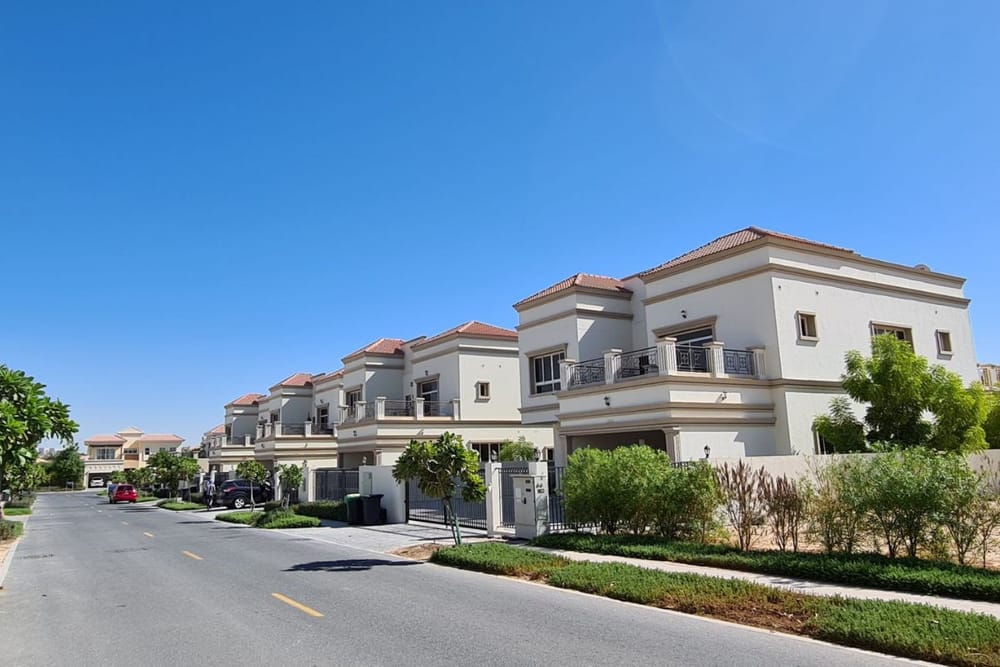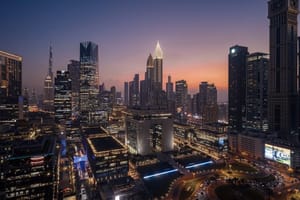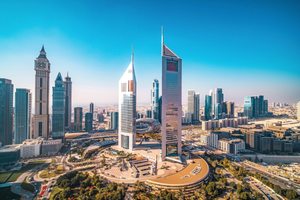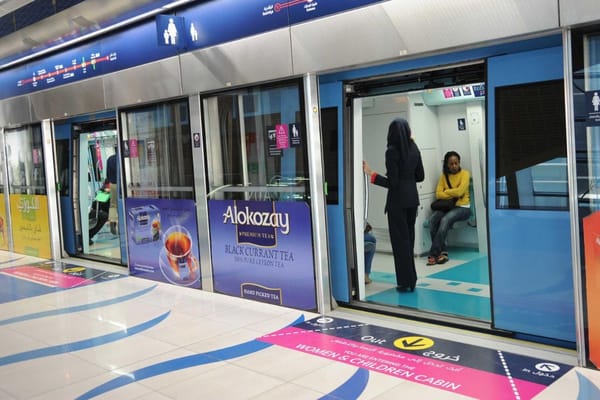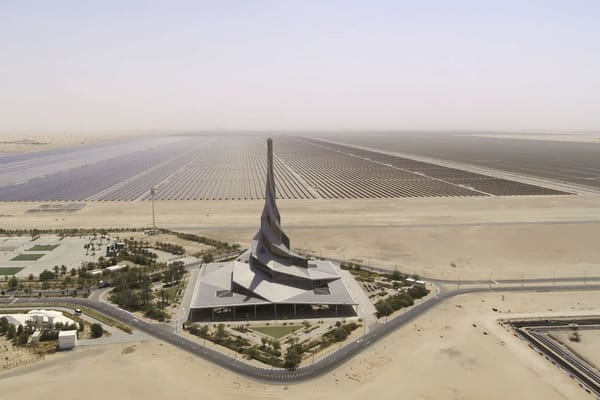A considerable number of families and individuals had moved into more spacious houses with outdoor features during the pandemic.
Many families in Dubai are shifting homes due to increasing rents in certain established neighbourhoods of the city.
A considerable number of families and individuals in the emirate shifted to more spacious houses with gardens and outdoor features during a period of declining rents, triggered by the pandemic.
However, as life bounced back to normalcy and residential rental rates surged across the country again, many have now elected to downsize or relocate to less expensive areas.
French expat Christine Quartier La Tente, said,
“The main reason for us to move out of Springs was the hike in rent. We were paying 170K for a type in Springs which had three bedrooms, a big study, and a maid’s room along with a backyard. During Covid-19, I managed to bring down the rent to Dh140K.”
But after the Covid scare receded, Christine’s landlord raised the rent again. She explains if she wanted to continue living in Springs, the family would have to shell out a substantial portion of their income.
Shelling out Dh260-290K annually
“If we wanted to be in the same neighbourhood, for the same layout, I would have to pay Dh260-290K annually. So, we thought it’s enough.”
Then the French expats decided to explore the possibility of buying a house.
“I visited a lot of localities in Dubai. I had my eyes on Al Furjan because it’s not too far from Springs and I didn’t have to change my life completely. But that didn’t work out as that area is also quite expensive.”
By September 2022, there was a robust recovery in the emirate's real estate market. Preferred areas for apartments in Dubai included Dubai Marina, Jumeirah Village Circle (JVC), Business Bay, Downtown Dubai, and Jumeirah Lake Towers (JLT). For villas, Dubai Hills Estate, Damac Hills 2, Al Barsha, Jumeirah, and Damac Hills became the most popular areas.
“We decided to buy a house, but our problem is we can’t get a 25-year loan now as we are in our 50s. Besides, we wouldn’t want to take a loan for that long a period. For a shorter loan period, we must factor in the cash flow for my daughter’s school and all other household expenses. So, we realized that we couldn’t take the risk of buying a house to live in. We changed our strategy and thought let’s move to a place that is the cheapest possible option and put money on the side to invest later.”
After thorough research, Christine has now moved into Damac Hills 2, a community towards the Al Qudra Road which has a wide range of affordable properties yet offers a luxurious lifestyle.
Longer commutes
She explains that despite its location on the outskirts of Dubai — close to the Jebel Ali-Lehbad Road (E77) and Al Ain-Dubai Highway (E66) — which might entail longer commutes, she was attracted to this community due to its numerous amenities. These include a picnic park, pet farm, dog park, aviary, children’s play area, plant nursery, water and sports facilities, and a community centre.
“The duration of travelling to and from any location within the city typically varies from 25 minutes to well over an hour for me. Approximately 30 per cent of my time is spent commuting. However, these travel times can also fluctuate based on the destination's distance. However, to save for any future investments we needed a drastic change in the rents. That’s how we ended up here. After Springs, we still wanted to be in a community,”
she added.
Christine now pays Dh95K annually for a three-bedroom town house that also has a maid’s room, along with a backyard.
“The houses here were moving very fast. In April-May 2022 when I visited, the rent was 70-75K, sometimes even 65K. But in the summer when I started to visit again around June, the prices began to rise consistently. Many people were relocating from areas with supposedly lower rents, like Town Square, causing a surge in demand. Aware that prices would further escalate after the holidays, we decided to secure a place quickly.
Eventually, the rent for the same villa rose significantly to Dh110K-Dh115K. So, it’s a strategic fallback to save money."
Smaller room size, no community feeling
Similarly, Mays Aalem has now moved to Al Furjan paying Dh170K as her annual rent. Having lived in Springs in a bigger accommodation, Mays outlines the troubles that come with shifting.
A Canadian expat in Dubai, Alalem said,
“The rents in Springs have significantly risen. The experience of residing in a community greatly contrasts with living in a house lacking amenities. Our previous neighbourhood certainly felt more secure, particularly when raising children. Also, when you shift into a new accommodation, you have to consider buying new furniture to fit into the next house. That, in our case, is way smaller than our previous accommodation. I’ve had to throw away a lot of things because they don't fit into my current home anymore.”
Hassle of shifting
Filipino expat Jez Riveria, who recently moved to International City from Al Mankhool explained better facilities at affordable rates were the main reason for her moving houses.
“Shifting is always troublesome. But when you do the math, it must make monetary sense to live in a certain locality. Al Mankhool is bustling, and I liked the vibe there, but the landlady kept increasing the rent. The place where I now live is a proper one-bedroom flat shared by us (three sisters) and we pay Dh2,800. It has many grocery stores, parks, and a mall in the vicinity.”
said Jez.
Meanwhile, demand for housing across the city continues to rise, leading to a shortage of available properties. Therefore, landlords experience minimal or no extended periods without tenants confirming a strong and flourishing rental market.
“In my previous accommodation, we paid Dh1,100 for a solo partition. That was increased to Dh1,300 per month when one of my sisters joined. Then it was increased to Dh1,500 for two persons. Then by October, she wanted to increase it again to Dh1,700. So, we decided to move out,”
added the teaching assistant.
News Source: Khaleej Times
